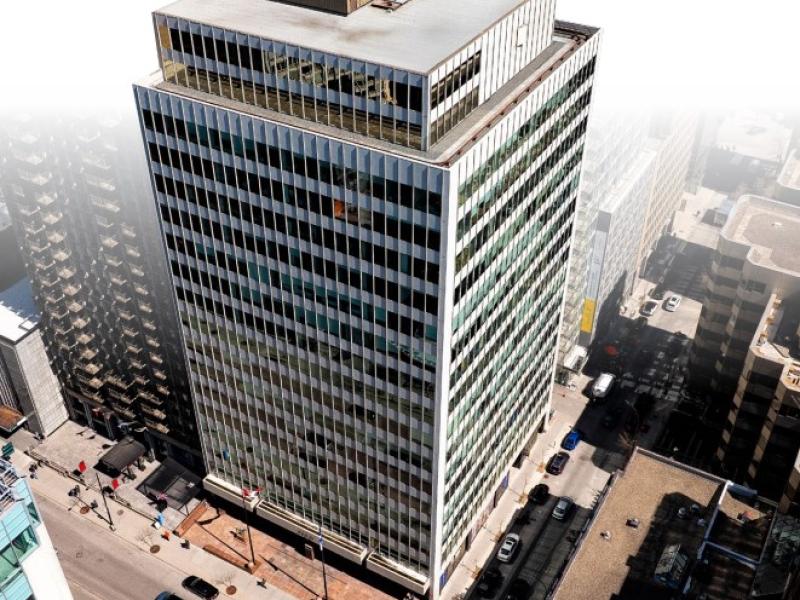 The fires are out in Fort McMurray. The real work is just beginning.
The fires are out in Fort McMurray. The real work is just beginning.
Thanks to the heroic efforts of firefighters, residents and area businesses, about 85 per cent of the northern Alberta community has survived Canada’s most devastating wildfire. Still, more than 2,400 structures have been destroyed and most of those are homes.
Compare that to the wildfire that struck Slave Lake in the spring of 2011, when 500 homes and buildings were destroyed at an estimated cost to repair/replace of $1 billion.
Help urgently needed
Local, provincial and federal resources have already mustered to deal with the aftermath. Let’s tick off the full scope of what this entails:
A big job for insurance companies: Many will likely assign adjustors full-time to Fort Mac to sort things out. For homeless residents in dire straits, the question is how quick insurers can respond and get the money flowing.
Loss of a home means loss of income: There could be upwards of 10,000 residents who need temporary food, shelter and basic necessities. They need to go to work if their place of work is still standing. Their kids have to go to school.
There are still bills to pay: Just because you’ve lost your home doesn’t make your mortgage or other bills go away. A typical insurance policy will only cover so much in terms of additional living expenses.
EI key for wildfire victims
That means the feds need to step in quickly with EI: They’re already taking steps to expedite employment insurance claims, as you can see here.
Local utilities and infrastructure: From the water supply to gas lines, powerlines and roads damaged by fire, all the infrastructure that supports a community must be tested, repaired or decontaminated.
The long-term impact on people: It’s only natural for people who have endured such a disaster to suffer some form of emotional trauma. This community could see a spike in the coming months and years in mental health issues and Post-Traumatic Stress Disorder, which could strain the local healthcare system.
That other 85 per cent: Just because a home or other building didn’t burn doesn’t mean it hasn’t suffered some form of damage that must be addressed, such as from smoke.
A big cleanup: Before any reconstruction can begin, the mess from the fire has to be demolished and cleared away. This in itself is a massive job that may require decontamination and remediation of property and land.
Regulators need to step in
The logistics to address all this are staggering to consider. A high level of coordination and oversight is critical to ensure the rebuild can proceed as quickly and efficiently as possible while protecting the interests of everyone involved.
Regulators need to take action without becoming a bureaucratic hindrance.
That’s because there are always unscrupulous people who will take advantage of a situation, as well as well-meaning individuals and organizations that may simply find themselves in over their head. Local homebuilders, for example, will have never faced such overwhelming demand.
Take the reconstruction of the town of Slave Lake after the 2011 fire. This Global News story a year-and-a-half later chronicled the troubles a number of families were having with one local homebuilder. It appeared the homebuilder had run out money and left unpaid subcontractors and suppliers to put liens on the families’ properties.
Local economy in limbo
One point in favour of Fort McMurray’s residents is this disaster happened in the spring – it’s far less challenging to adequately serve thousands of homeless people this time of year than say, in winter. If we look back to the Halifax Explosion in December 1917, surviving winter became the greatest challenge for the 5,000 left homeless (a blizzard struck the very next day).
Thanks to a well-organized evacuation and the selfless efforts of average people, the death toll from this historic disaster was limited to two. Still, the effort to rebuild Fort McMurray will dwarf anything in Canada since Halifax.
Until Fort McMurray can get up and running again, the local economy is at a standstill. And that kind of setback couldn’t have come at a worse time, considering the impact of global oil prices on Alberta’s oilsands.
Much has been done, but much more remains to do.
To discuss this or any other valuation topic in the context of your property, please contact me at jclark@regionalgroup.com. I am also interested in your feedback and suggestions for future articles.







